Sure, Jessica Alba and Gisele Bundchen are doing it, but you don’t have to be a millionaire to make your home green. Most people know that green homes reduce energy bills, but many aren’t aware of the tax breaks and incentives that can ease the upfront costs of home improvements. So what exactly is a green home, and most importantly, how can you pay for it?
Green Homes = Conservation
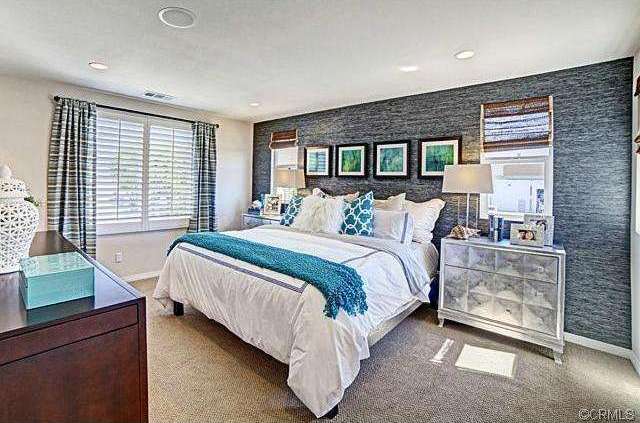
The quick definition of a “green home” is a house that is generally built or remodeled to conserve energy and/or water, improve indoor air quality, use sustainable and/or recycled materials, and produces less waste. Although there are many rating systems out there (including LEED, EarthCraft, Built Green, and Energy Star(c) Homes), they all generally abide by this definition. The benefits of a green home include lower utility bills (water, gas, and/or electricity), a smaller carbon footprint, improved indoor air quality for better occupant health, increased home comfort through more stable temperatures year-round, and improved resale value. Note the distinction between performing energy saving measures (where your home still uses traditional fuel sources but just LESS of them) versus installing renewable “clean energy” technology to produce your own energy – both however have a myriad of financial incentives.
What type of home loan is right for you?
Discover your loan options and secure the right mortgage to fit your needs.
Green Homes = Cost Savings
What type of home loan is right for you?
Most people typically justify installing green features by measuring their “payback period,” which is how fast the savings from a project justifies the upfront cost. For example, a generic LED light bulb may cost about $10 vs. $0.50 for incandescent bulbs, but it uses 80% less energy, and lasts 25 times longer, for a payback period of approximately six months (with annual energy costs of $0.44 vs. $19.70).
That’s just one small example of how green home improvements can save you money, whether you are looking to keep your home for a while or sell in the near future. So how do you finance them? It turns out there are a lot of incentives, rebates and programs available.
Green Homes = Federal Tax Incentives
The federal government offers incentives for homeowners to make green improvements in the form of tax rebates. One popular incentive pays for 10% of the cost of items including biomass stoves, efficient heating and cooling, insulation, new roofing, water heaters, and efficient windows and doors. The incentive will pay up to $500, and the improvements must be completed by the end of the 2013 calendar year. Another popular incentive, which expires at the end of 2016, will pay for 30% of energy saving items, including geothermal heat pumps, residential wind turbines, and solar PV hot water heaters and systems. Energy Star® and DSIRE (Database of State Incentives for Renewables & Efficiency) are great resources for more information on these federal tax incentives.
Green Homes = State-Level Incentives
There are also a large variety of state incentives in the form of tax credits, sponsored green home loan programs, and/or cash rebates. For example, in California, we have “Energy Upgrade California,” which currently gives a rebate of up to $4,000 dollars based on the overall percentage improvement in your home’s energy efficiency. Another state with many green incentives is New York, which offers a residential solar tax credit and the HEMI (Home Improvement with Energy Star High Efficiency Measure Incentive), with up to $3,000 in rebates. Be sure to check out the nifty map at DSIRE.org to see what’s available in your state.
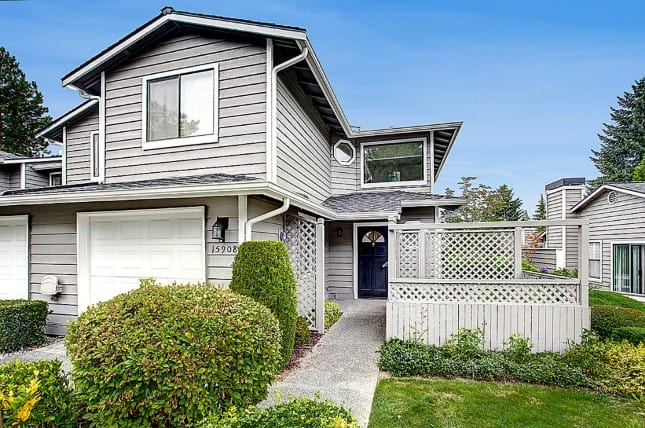
Green Homes = County/City & Utility Company Incentives
There are also a variety of county and city programs that offer local property tax incentives – this vast patchwork of state programs can also be found on the DSIRE website. For example, Philadelphia offers streamlined and lower cost permits for home solar projects, while the city of Sunset Valley in Texas offers up to $2,000 in rebates for installing solar hot water heaters.
Most programs are available from local utility companies – there are way too many to describe here! All 50 states have at least one utility company that offers a rebate program with Washington, Texas, Oregon, New York, North Carolina, Minnesota, Massachusetts, Indiana, Florida, Colorado and California generally leading the pack. Check your local utility for a mind-blowing array of incentive programs with some examples including ‘cash for grass’ replacing lawns with rock gardens and/or native and adapted plants, installing low-flow shower heads, and weatherizing leaky windows, attics and doors. Additionally, approximately 30 states have utility companies that offer loan programs for home efficiency upgrades. Around 20 states have utility companies that offer home performance-based incentives, which provide increasing amounts of money as certain conservation goals and metrics are reached.
Why wait?
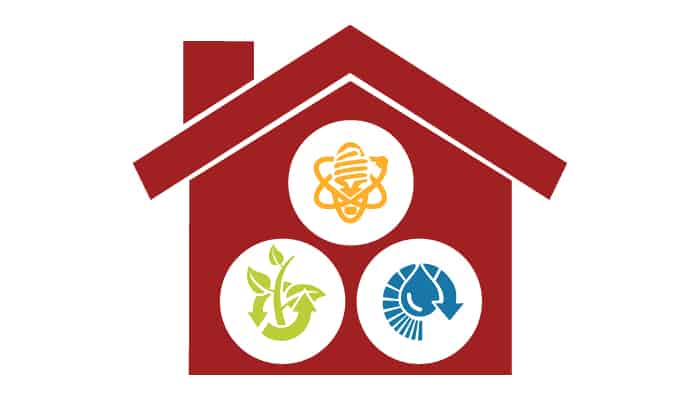
Most existing home retrofits begin with an audit which gives you a customized report of the strengths and weaknesses of your home, along with a list of recommended work that can be performed to make it more efficient. From there, a good green contractor (usually the programs above have referrals to them) can help you prioritize the various projects to get the most “bang for the buck.” You can choose to do only work that will be subsidized/rebated, or decide to pay out of pocket for additional renovations if the pay-back periods are sensible to you, which can often be financed with low-interest loans.
Advantages for Home Sellers
Rising energy costs are causing more and more homeowners to look for energy efficient homes. If you are planning to sell your home soon, be sure to save old copies of your utility bills so you can compare them to post-retrofit utility bills and demonstrate the cost savings to potential buyers. Also, if you do several green improvements, you might want to consider having your home tested to one of the various green home certification standards to show potential buyers the value. Check out your local state, county, and utility programs, calculate the payback period, and take advantage by greening your home today!









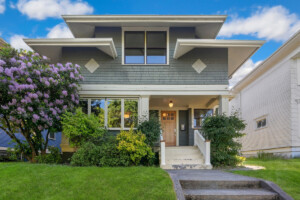

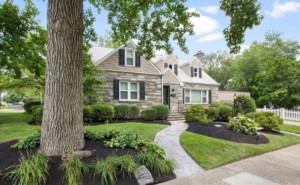















 United States
United States Canada
Canada